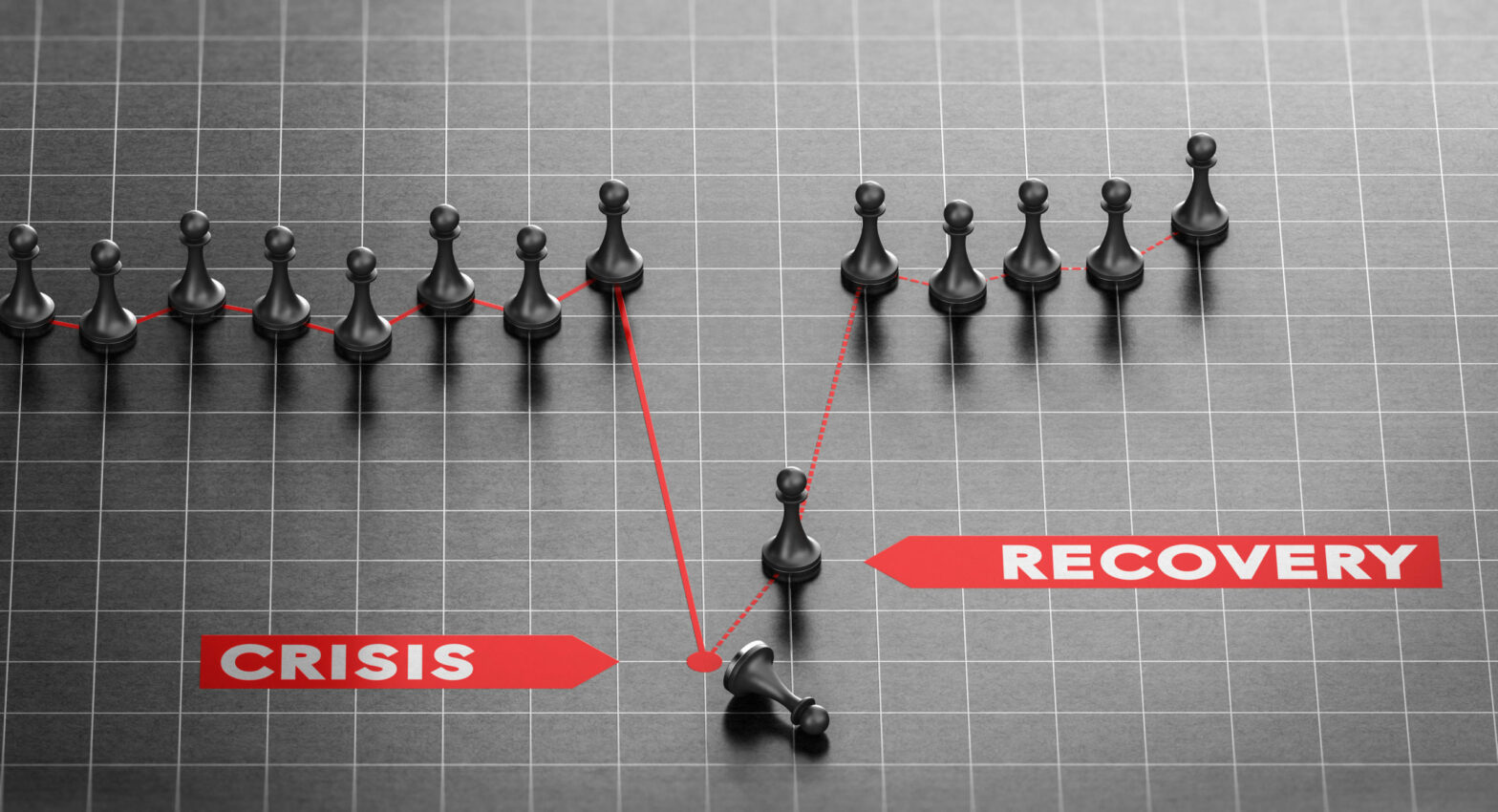In fact, the resulting ash cloud grounded flights across Europe for six days and chaos ensued.
For service-led businesses with decent IT it wasn’t so bad, as staff stranded abroad could cope through remote working and shared online systems. But for those firms working with physical goods, it was an altogether different story.
BSA Machine Tools, a manufacturing business that regularly makes and exports machine parts to clients all over the world, suffered as Europe became a no-fly zone. Managing director Steve Brittan says, ‘There was a lot of disruption on the parts side of the business as we couldn’t fly things out, and that affected customers.’
Had the ban gone on for longer than a week, businesses such as BSA would have needed to devise an effective plan B in order to continue trading. But perhaps owner-managers should already have a back-up plan in place to cope with such emergencies and disruptions.
Natural disasters, IT malfunctions, fires and burglaries all happen, and owner-managers need to think ahead and work out how they would respond in a crisis.
‘It is very important to be properly insured, and another key thing is communication,’ says Brian Lakin, founder of manufacturing business Sigma 3 Kitchens.
He would know better than most as he had to rebuild his business after a fire burned away almost everything he had in 1998. The blaze, which was started by an electrical fault in a unit next door, came just as business growth was beginning to take off.
‘We felt that the business was just starting to really go places as we had come out of a tough recession and were rapidly increasing output,’ says Lakin.
Then, on a Friday evening, with a warehouse full of finished goods, he received a call informing him that there was a fire at the factory. ‘I drove over and I could see the fire even though I was three to four minutes away; I could see flames in the air.’
No-one was hurt but the factory was gutted. Through sound planning, Lakin had acquired a good mixture of insurance covering the building, equipment, business interruption, computers and stock. Within 48 hours, work had begun and Sigma3 was on its way to becoming the £15 million business it is today.
But insurance alone won’t be enough. A CEO should sit down with key people in the organisation and make a simple plan.
Related: Why do so many CEOs lack a business continuity plan?
‘You don’t need to bring in big consultants. Just sit down, make up some scenarios and work out how you would cope,’ says Lyndon Bird, technical director at the Business Continuity Institute (BCI). ‘Entrepreneurs know everything about their businesses. They don’t need to get bogged down doing complex maps. What you really need to do is ask: what, in my organisation, is urgent and important?’
In the event of a disaster, key people in your organisation need to spring into action. ‘Put into place an incident response team – people who have key responsibilities,’ says Richard Taylor, a risk manager at the British Standards Institution (BSI). ‘This should be as concise as possible.’
Lakin says his employees knew exactly what they had to do when disaster struck: ‘I had a good team around me and people were assigned tasks. There was a management meeting and key suppliers were informed, although to be honest it didn’t take long. We were fortunate in that the fire didn’t reach our back office, so we were able to get key information out. Although that is something we back up and take off-site,’ says Lakin.
According to Bird, all businesses have seven key elements: customers, suppliers, premises, technology, finance, people and reputation.
‘These are the main things you need to protect,’ he says. ‘For fast-growth businesses, reputation can be the main thing.’ The BSI’s Taylor suggests another question to ask is: how long can we last without it? ‘If the email server isn’t working, then how long before that really becomes a big problem?’
Your plan should be simple and cost effective and be focused on addressing the main threats. You can’t plan for every eventuality and, ultimately, ‘Business continuity isn’t about doing things that are risky – it is about making sure that the strategy is in line with your business and protects its value,’ says Bird.
For Brittan, a pragmatic, down-to-earth approach is best, although recent events suggest that this is becoming increasingly harder to define.
‘We have plans based on what we can afford and on the likelihood of the disaster, both man-made and natural. Fortunately, we live in a fairly temperate climate, although there have been tornados in Birmingham.’






